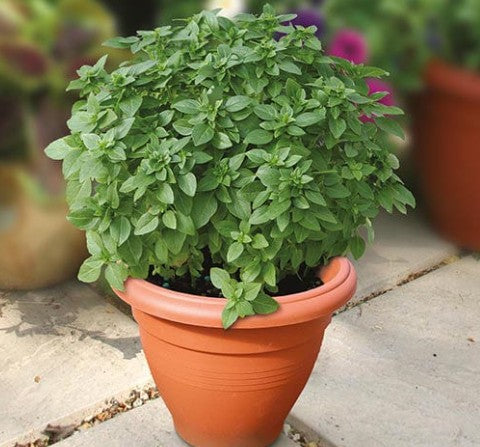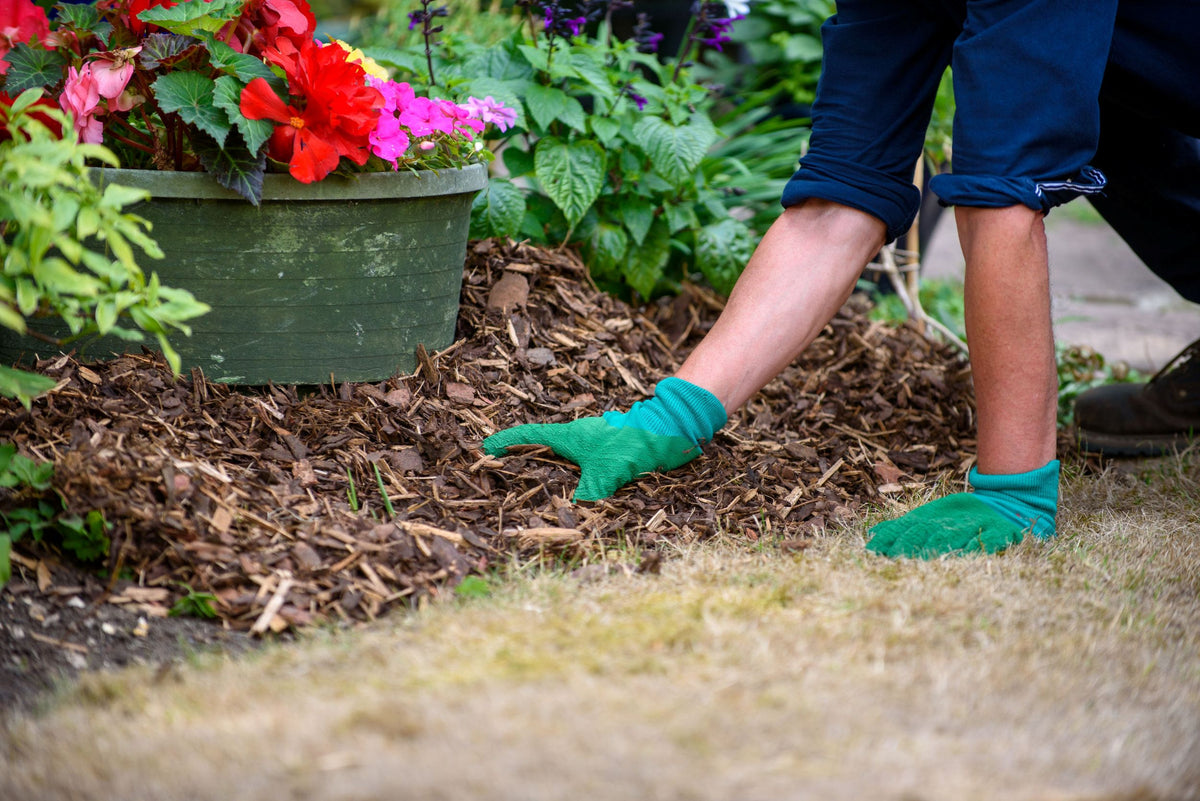Decorative Stone
Our decorative garden stones are perfect for a variety of projects, including driveways, paths, garden borders, and more.
We offer a wide selection of decorative stones, including shingle, cobbles, slate and chippings. Whether you’re looking for a natural, earthy feel or a more vibrant and colourful look for your gardening project, our bulk bags of decorative stones can be delivered direct to your home.
Decorative stones are also a practical choice for landscaping and gardening projects, providing drainage, preventing erosion and stablising soil. As they are created from natural materials they are also eco-friendly and sustainable too!




















